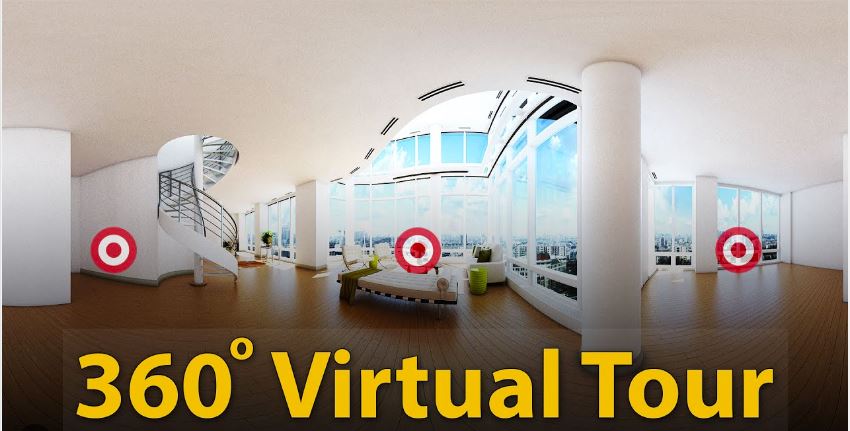
In today’s competitive real estate market, sellers are constantly seeking effective strategies to stand out and sell their homes quickly. The speed at which a property sells can have a significant impact on both the seller’s financial goals and their ability to move forward with other plans. The longer a property sits on the market, the higher the risk of price reductions, decreased interest, and increased carrying costs. Therefore, it is crucial for sellers to explore innovative approaches that attract potential buyers and expedite the selling process.
One such way is virtual tours. Virtual tours have revolutionised the way properties are showcased and marketed, offering an immersive 3D experience that allows potential buyers to explore homes from anywhere. With realistic visuals and increased accessibility, virtual tours have gained immense popularity. Sellers can showcase every detail of their properties, allowing buyers to develop a strong emotional connection. By tapping into a wider pool of potential buyers, virtual tours increase the chances of selling homes faster. In this article, we will explore the benefits of virtual tours, discuss effective creation methods, and provide best practices for leveraging virtual tours in the home-selling process.
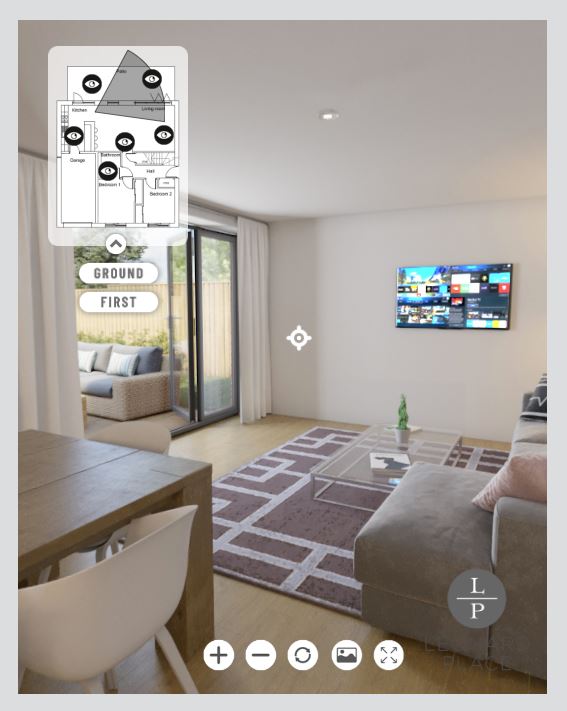
Why Should You Implement Virtual Tours?
Virtual tours offer a multitude of benefits that can significantly enhance the home selling process, providing sellers with a competitive edge and helping them sell their properties faster.
Enhanced Visual Experience:
Virtual tours offer an immersive 3D experience that provides potential buyers with a realistic representation of the property. Through detailed views of each room and feature, buyers can visualize themselves in the space, leading to a stronger emotional connection with the property.
Increased Reach and Accessibility:
Unlike traditional open houses or showings, virtual tours can be accessed from anywhere. This eliminates geographical limitations and allows remote buyers or those with limited availability to explore the property conveniently. By broadening the pool of potential buyers, virtual tours increase the chances of selling your home quickly.
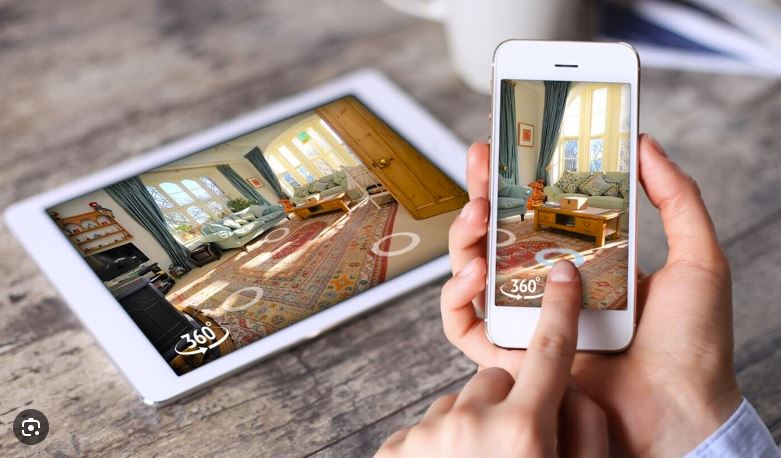
Time and Cost Efficiency:
Virtual tours reduce the need for multiple in-person showings, saving both sellers and buyers valuable time and effort. Instead of organizing and coordinating multiple visits, potential buyers can explore the property virtually at their own convenience. Additionally, virtual tours help filter out unqualified leads, ensuring that only genuinely interested buyers request physical showings.
Competitive Advantage:
In a crowded property market, standing out is crucial. By offering virtual tours, you demonstrate a modern and innovative selling approach, which can attract tech-savvy buyers who appreciate the convenience and interactivity of virtual tours. Setting yourself apart from competitors increases the likelihood of selling your home faster.
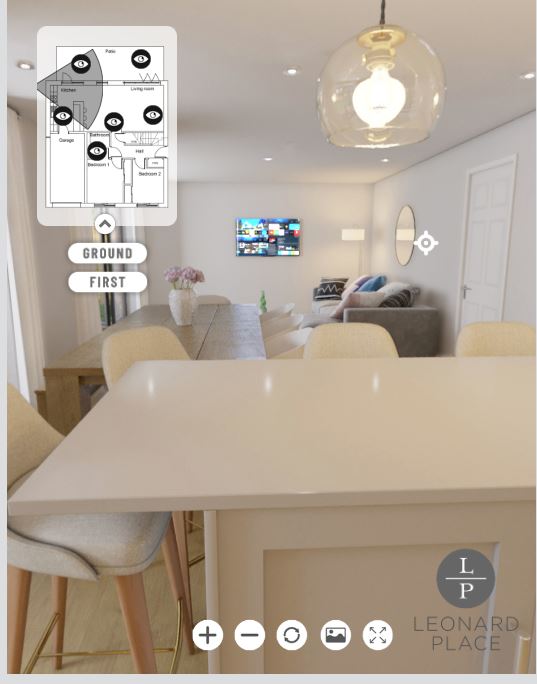
Optimizing Virtual Tours for Maximum Impact:
To ensure that your virtual tour has the maximum impact in attracting potential buyers and selling your development faster, it’s important to optimise its presentation and promotion.
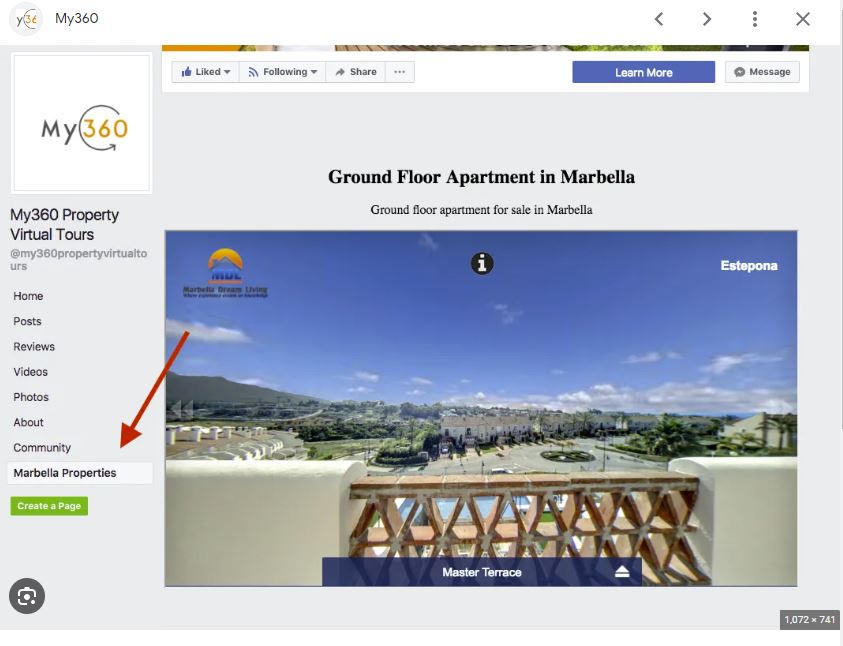
Choosing the Right Platform for Hosting and Sharing
Selecting the appropriate platform for hosting and sharing your virtual tour is crucial. Compare different hosting options and consider their features, including ease of use, compatibility with different devices, and loading speed. Additionally, leverage social media platforms and popular property marketing websites to maximize the exposure of your virtual tour. Sharing your tour on these platforms can expand its reach and attract a larger audience of potential buyers.
Writing Compelling Descriptions and Captions
Crafting engaging and accurate descriptions for each room and feature is essential to captivate buyers and provide them with a clear understanding of the property. Use descriptive language to highlight the unique selling points and key features of each space. Consider the emotional appeal of your descriptions and aim to create a narrative that allows potential buyers to envision themselves living in the home. Well-crafted captions accompanying the visuals can also enhance the overall impact of the virtual tour.
Promoting the Virtual Tour
Integrating the virtual tour into your marketing materials is vital for maximum exposure. Feature the tour prominently in your property listings, website, and promotional emails to capture the attention of potential buyers. Use eye-catching visuals or embed snippets of the virtual tour to entice viewers to explore further. Additionally, consider online advertising and targeted campaigns to reach the desired audience effectively. Platforms like Google Ads or social media advertising can help you promote your virtual tour to a specific demographic or geographical location.
By optimizing the hosting and sharing of your virtual tour, crafting compelling descriptions and captions, and promoting the tour strategically, you can maximize its impact and attract potential buyers. These strategies will help ensure that your virtual tour reaches the right audience, engages viewers, and ultimately contributes to selling your home faster.
Best Practices for Virtual Tour Success
To achieve virtual tour success and effectively sell your home faster, it is crucial to follow best practices that optimize the overall experience for potential buyers.
Preparing the Property for the Virtual Tour
Before capturing the virtual tour, it is essential to prepare the property to showcase its best features. Stage the house to create an inviting and appealing atmosphere that resonates with potential buyers. Arrange furniture and decor in a way that highlights the functionality and flow of each room. Pay attention to details such as proper lighting and cleanliness to ensure that the visuals captured in the virtual tour are attractive and present the property in its best light.
Guiding the Virtual Tour Experience
To enhance the virtual tour experience, provide a clear starting point and a logical navigation path for potential buyers. Consider the flow of the property and guide viewers through each room in a logical order. Include helpful prompts or annotations to draw attention to key details and features within each space. This will help potential buyers fully understand the layout and highlights of the property, creating a more engaging and informative virtual tour experience.
Monitoring and Responding to Buyer Feedback
Collecting data on user engagement and interaction with the virtual tour is crucial for understanding buyer preferences and optimizing your selling strategy. Pay attention to metrics such as the duration of the virtual tour, specific areas of interest, and any repeated viewings. This data can provide valuable insights into buyer preferences and help you tailor your marketing efforts accordingly. Additionally, actively address inquiries and follow up with interested buyers promptly. Timely and personalized responses can help foster a sense of trust and engagement, increasing the likelihood of converting interested buyers into successful home sales.
By following these best practices, you can ensure that your virtual tour presents your property in the best possible light, engages potential buyers, and facilitates the selling process. Virtual tours are powerful tools, and by implementing these practices, you can leverage their full potential to sell your home faster and more efficiently.
Conclusion
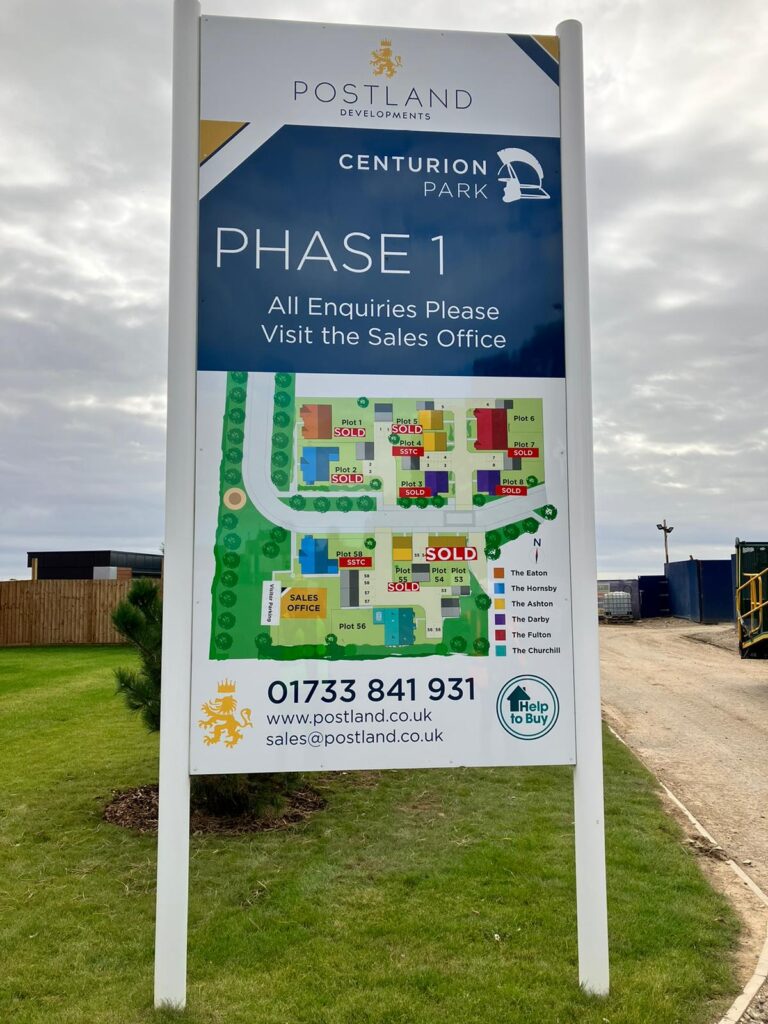
In conclusion, virtual tours have emerged as a powerful tool for selling homes faster in a competitive property market. By leveraging their benefits, implementing effective creation methods, optimizing presentation and promotion, and following best practices, sellers can sell their homes faster and achieve their selling goals. Embracing virtual tours as a selling strategy can be a wise investment that can yield substantial returns in terms of speedier sales and satisfied buyers.
Q&A
Why should you implement virtual tours when selling your home?
Virtual tours offer an enhanced visual experience, increased reach and accessibility, time and cost efficiency, and provide a competitive advantage in the market. They attract potential buyers, foster emotional connections, and increase the chances of selling homes faster.
How can you optimize virtual tours for maximum impact?
Choosing the right platform for hosting and sharing the virtual tour, writing compelling descriptions and captions, and promoting the tour through marketing materials and targeted campaigns are essential for maximizing its effectiveness.
What are the best practices for virtual tour success?
Preparing the property by staging it effectively, guiding the virtual tour experience with a clear navigation path and helpful prompts, and monitoring and responding to buyer feedback are key best practices to ensure virtual tour success.
What are the benefits of virtual tours?
Virtual tours offer an enhanced visual experience, increased reach and accessibility, time and cost efficiency, and provide a competitive advantage by attracting tech-savvy buyers. They allow potential buyers to develop strong emotional connections with the property and increase the chances of selling homes faster in the competitive real estate market